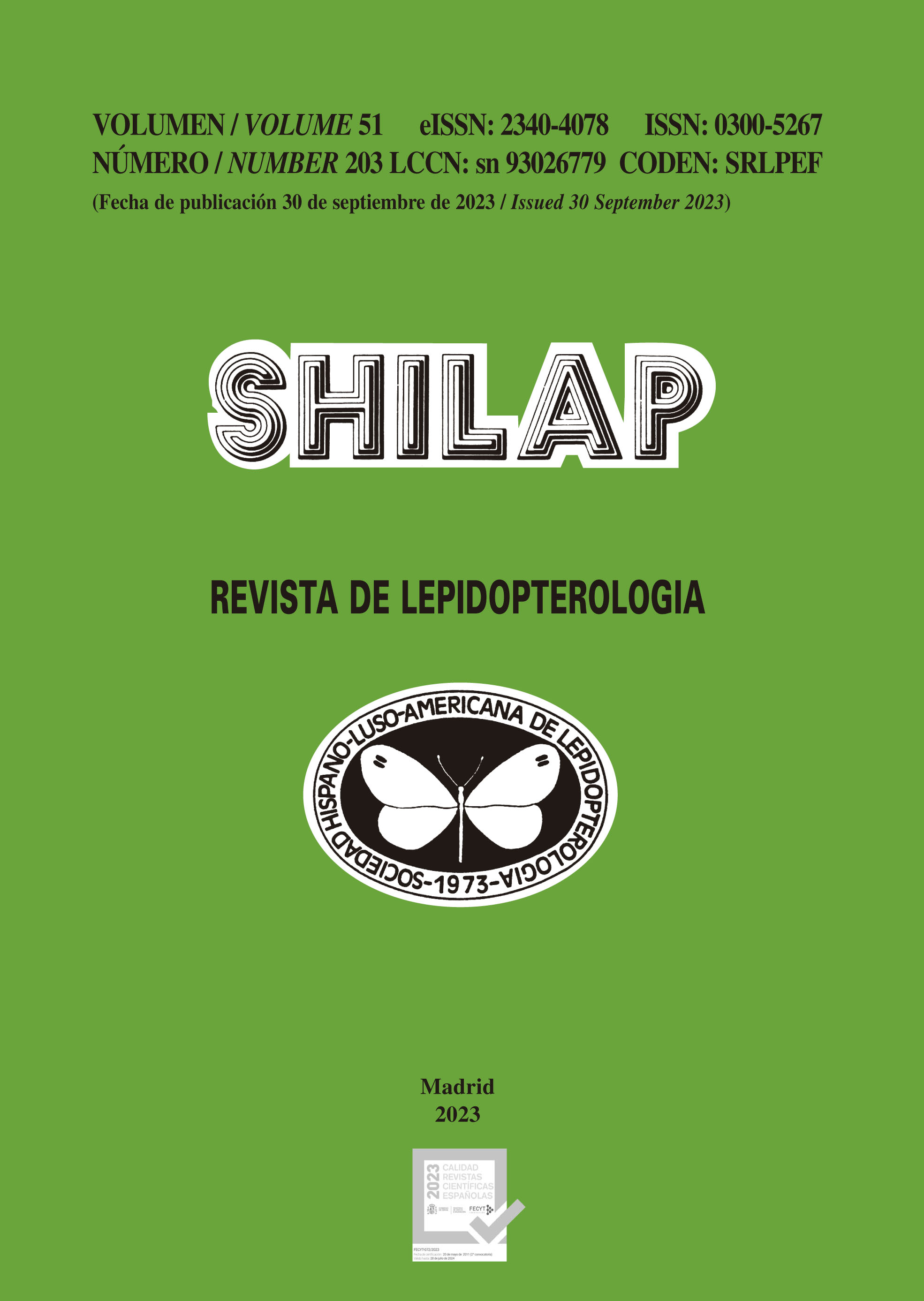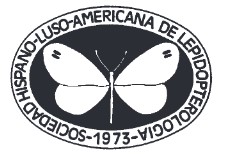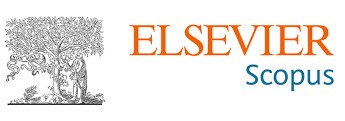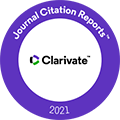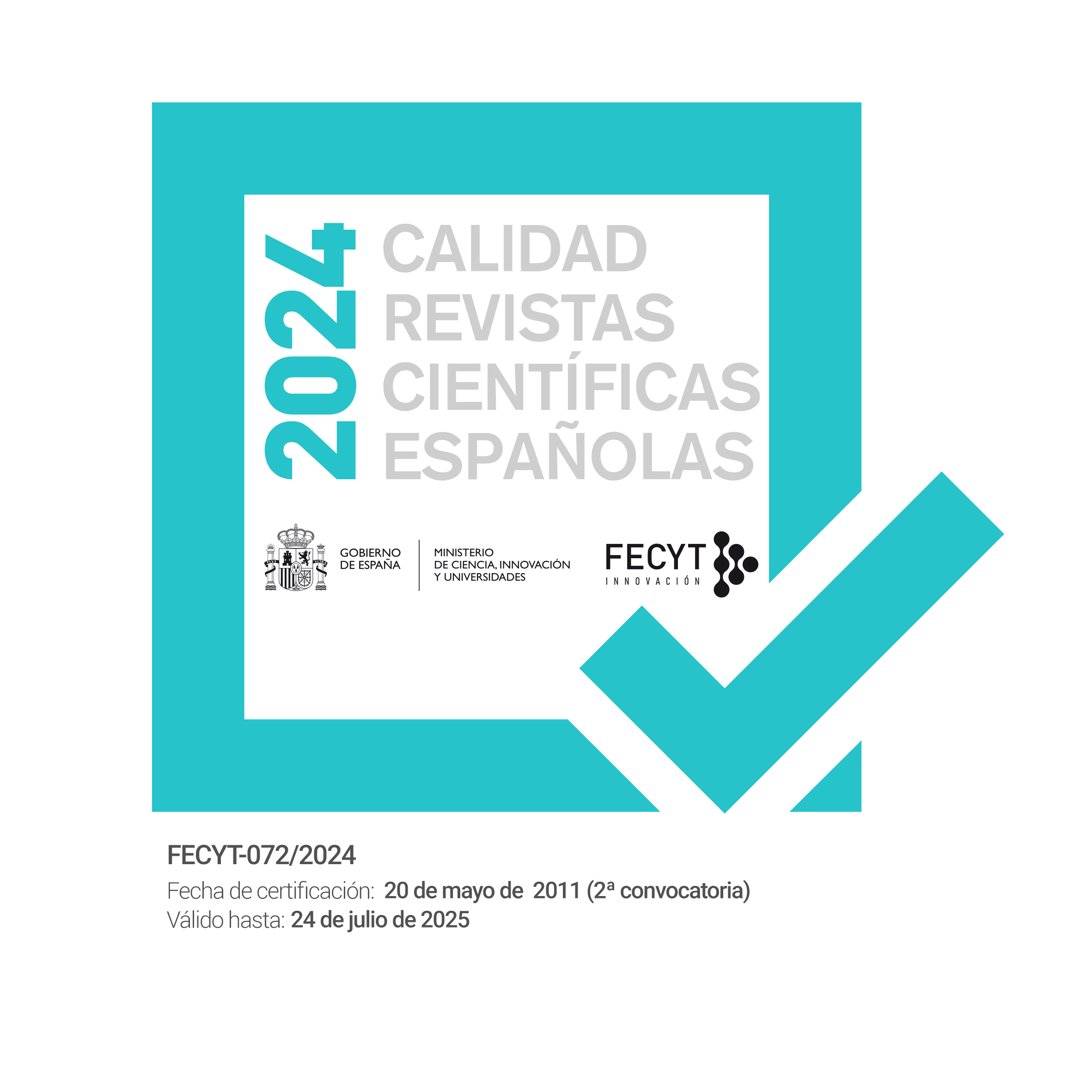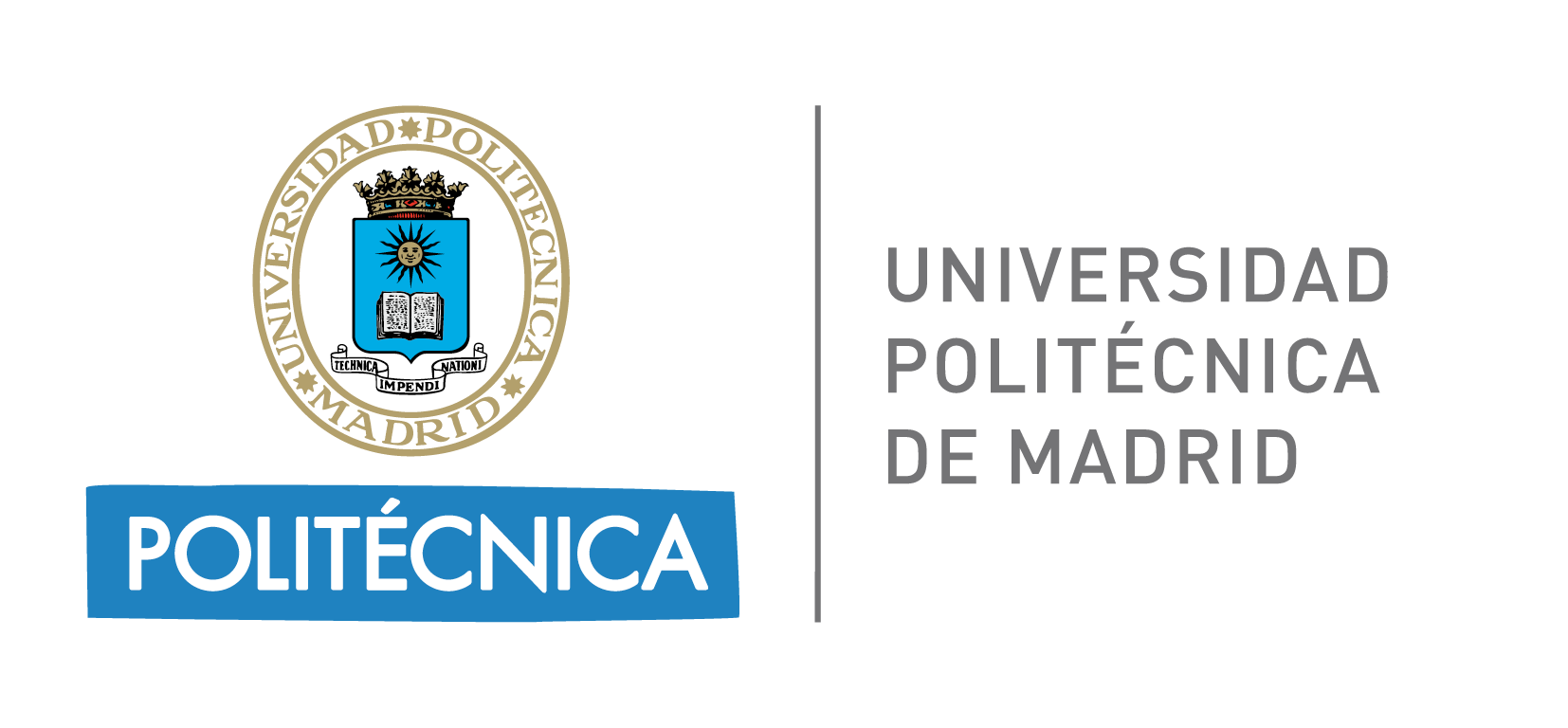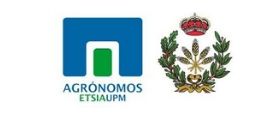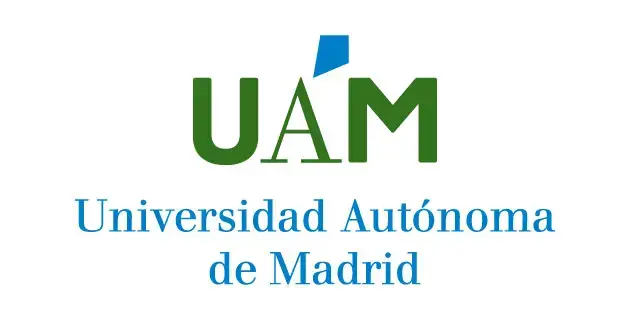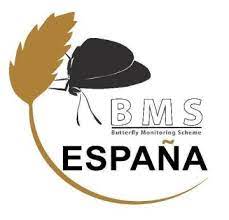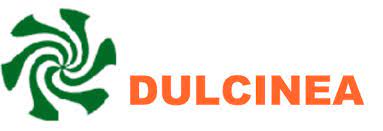Una nueva planta nutricia de Cameraria ohridella Deschka & Dimic, 1986 (Lepidoptera: Gracilleriidae)
DOI:
https://doi.org/10.57065/shilap.539Palabras clave:
Lepidoptera, Gracillariidae, Cameraria ohridella, planta nutricia, Sapindaceae, Acer saccharinum, BielorrusiaResumen
El artículo trata del estudio de las plantas nutricias de Cameraria ohridella Deschka & Dimic, 1986, centrándose especialmente en los hallazgos de Bielorrusia. Por primera vez se registra Acer saccharinum L., como planta nutricia. Se resumen los casos de daños causados a otras plantas por esta especie, así como las relaciones de Gracillariidae con la familia de plantas Sapindaceae.
Descargas
Estadísticas globales ℹ️
|
754
Visualizaciones
|
358
Descargas
|
|
1112
Total
|
|
Citas
Backhaus, G. F., Wulf, A., Kehr, R., & Schroeder, T. (2002). Die Rosskastanien-Miniermotte (Cameraria ohridella) - Biologie, Verbreitung und Gegenmassnahmen. Inhalte und Erkenntnisseausdem Statuskolloquium am 8 und 9 Mai 2001 in der BiologischenBundesanstaltfür Land- und Forstwirtschaft (BBA), Braunschweig.
Nachrichtenblatt des Deutschen Pflanzenschutzdienstes, 54(3), 56-62.
Braun, A. F. (1908). Revision of the North American species of the genus Lithocolletis Hübner. Transactions of the American Entomological Society, 34, 269-357. https://doi.org/10.5962/bhl.title.17825 DOI: https://doi.org/10.5962/bhl.title.17825
Deschka, G., & Dimic, N. (1986). Cameraria ohridella n. sp. aus Mazedonien, Jugoslawien (Lepidoptera, Lithocolletidae). Acta entomologica Jugoslavica, 22(1), 11-23.
De Prins, J., & De Prins, W. (2006-2022). Global Taxonomic Database of Gracillariidae (Lepidoptera). https://doi.org/10.1163/9789004475397 DOI: https://doi.org/10.1163/9789004475397
D’Costa, L., KorichevA, J., Straw, N., & Simmonds, M. J. (2013). Oviposition patterns and larval damage by the invasive horse-chestnut leaf miner Cameraria ohridella on different species of Aesculus. Ecological Entomology, 38(5), 456-462. https://doi.org/10.1111/een.12037 DOI: https://doi.org/10.1111/een.12037
Doorenweerd, C., Van Haren, M. M., Schermer, M., Pieterse, S., & Van Nieukerken, E. J. (2014). A Linnaeus NGTM interactive key to the Lithocolletinae of North-West Europe aimed at accelerating the accumulation of reliable biodiversity data (Lepidoptera, Gracillariidae). ZooKeys, 422, 87-101. https://doi.org/10.3897/zookeys.422.7446 DOI: https://doi.org/10.3897/zookeys.422.7446
Ellis, W. N. (2001-2021). Plant Parasites of Europe: leaf miners, galls and fungi. https://bladmineerders.nl (12-X-2022).
Gelderen, D. M., De Jong, P. C., & Oterdoom, H. J. (1994). Maples of the World. Timber Press.
Gregor, F., Lastuvka, Z., & Mrkva, R. (1998). Horse chestnut leaf miner (Cameraria ohridella) also found on maple. Ochrana Rostlin, 34(2), 67-68.
Fedoruk, A. T. (1972). Introduced trees and shrubs of the western part of Belarus. Minsk. (in Russian).
Fedoruk, A. T. (1985). Experience in the introduction of woody deciduous plants in Belarus. Minsk. (in Russian).
Freise, J. F., & Heitland, W. (1999). A brief note on sexual differences in pupae of the horse-chestnut leaf miner, Cameraria ohridella Deschka & Dimic (1986) (Lep., Gracillariidae), a new pest in Central Europe on Aesculus hippocastanum. Journal of Applied Entomology, 123(3), 191-192. https://doi.org/10.1046/j.1439-0418.1999.00343.x DOI: https://doi.org/10.1046/j.1439-0418.1999.00343.x
Freise, J. F., Heitland, W., & Sturm, A. (2003). Das physiologische Wirtspflanzenspektrum der Rosskastanien-Miniermotte, Cameraria ohridella Deschka & Dimic (Lepidoptera: Gracillariidae). Nachrichtenblatt des Deutschen Pflanzenschutzdienstes, 55(10), 209-211.
Freise, J. F., Heitland, W., & Sturm, A. (2004). Das Wirtspflanzenspektrum der Rosskastanien-Miniermotte, Cameraria ohridella Deschka & Dimic (Lepidoptera: Gracillariidae), einemSchaedling der Rosskastanie, Aesculus hippocastanum. Mitteilungen der Deutschen Gesellschaft für Allgemeine und Angewandte Entomologie Maerz, 14(1-6), 351-354.
Gninenko Y. I., & Orlinski A. D. (2004). New insect pests of forest plantations. Zashchita i Karantin Rastenii, (4), 33. (in Russian).
Heitland, W., Freise, J. F., Sturm, A., & Lenz, N. (2005). Die Rosskastanien-Miniermotte Cameraria ohridella Deschka & Dimiæ, 1986 (Lepidoptera, Gracillariidae): Gründe ihres Erfolgs als Blattschädling an der weiß blüenden Gewöhnlichen Rosskastanie Aesculus hippocastanum (Hippocastanaceae) und Möglichkeiten zur Bekämpfung. Entomologie beute, 17, 157-172.
Hellrig, Ê. (2001). Neue Erkenntnisse und Untersuchungen über die Rolikastanien-Miniermotte Cameraria ohridella Deschka & Dimic, 1986 (Lepidoptera, Gracillariidae). Gredleriana, (1), 9-81.
Hillier, J., & Coombes, A. (2003). The Hillier Manual of Trees and Shrubs. David & Charles.
Kenis, M., Girardoz, S., Avtzis, N., Freise, J., Heitland, W., Grabenweger, G., Lakatos, F., Lopez Vaamonde, C., Svatos, A., & Tomov, R. (2003). Finding the Area of Origin of the Horse-Chestnut Leaf Miner: A Challenge. Proceedings: IUFRO Kanazawa 2003 “Forest Insect Population Dynamics and Host Influences”, 63-66.
Kirichenko, N. I., Karpun, N. N., Zhuravleva, E. N., Shoshina, E. I., Anikin, V. V., & Musolin, D. L. (2023). Invasion Genetics of the Horse-Chestnut Leaf Miner, Cameraria ohridella (Lepidoptera: Gracillariidae), in European Russia: A Case of Successful Involvement of Citizen Science in Studying an Alien Insect Pest. Insects, 14, 117. https://doi.org/10.3390/ insects14020117 DOI: https://doi.org/10.3390/insects14020117
Kosayev, M. N. (1973). Introduction of horse chestnut. Proceedings of the Academy of Sciences of the Kazakh USSR, (5), 15-19. (in Russian).
Krivosheina, M. G., & Ozerova, N. A. (2020). Horse-chestnut leafminer Cameraria ohridella: invasion history and prognosis. IOP Conference Series: Earth and Environmental Science, 579, 012071. https://doi.org/10.1088/1755-1315/579/1/012071 DOI: https://doi.org/10.1088/1755-1315/579/1/012071
Lack, H. W. (2002). The discovery and rediscovery of the horse chest-nut. Arnoldia, 61(4), 15-19.
Laszczyca, P., Nakonieczny, M., Kêdziorski, A., Babczyñska, A., & Wiesner, M. (2021). Towards understanding Cameraria ohridella (Lepidoptera: Gracillariidae) development: effects of microhabitat variability in naturally growing horse-chestnut tree canopy. International Journal of Biometeorology. 65, 1647-1658. https://doi.org/10.1007/s00484-021-02119-8 DOI: https://doi.org/10.1007/s00484-021-02119-8
Lees, D. C., Lack, H. W., Rougerie, R., Hernandez-Lopez, A., Raus, T., Avtzis, N. D., Augustin, S., & Lopez-Vaamonde, C. (2011). Tracking origins of invasive herbivores through herbaria and archival DNA: the case of the horse-chestnut leaf miner. Frontiers in Ecology and the Environment, 9(6), 322-328. https://doi.org/10.1890/100098 DOI: https://doi.org/10.1890/100098
Liao, C., Ohshima, I., & Huang, G. (2019). A new leaf-mining moth, Caloptilia aesculi, sp. nov. (Lepidoptera: Gracillariidae: Gracillariinae) feeding on Aesculus chinensis Bunge (Hippocastanaceae) from China. Zootaxa, 4586(3), 586-600. https://doi.org/10.11646/zootaxa.4586.3.13 DOI: https://doi.org/10.11646/zootaxa.4586.3.13
Lisovyi, M. M., Silchuk, O. I., Chumak, P. YA., & Kovalchuk, V. P. (2017). The leaf miners (Lepidoptera: Gracillariidae) - dangerous phytophages of woody and shrubby plants of botanical gardens and plantations of the city of Kyiv. Bulletin of Agricultural Science, 25-30. (in Ukrainian). https://doi.org/10.31073/agrovisnyk201709-04 DOI: https://doi.org/10.31073/agrovisnyk201709-04
Maceljski, M., & Bertie, D. (1995). Kestenovmoljac miner Cameraria ohridella Deschka & Dimic (Lepidoptera, Gracillariidae) noviopasnistetnik u Hrovatskoj. Fragmenta Phytomedica et Herbologia, 23(2), 9-18.
Maslovsky, O. M., Levkovich, A. V., Sysoy, I. P., Kolesnikova, M. P., Rodionov, P. A., Chumakov, L. S., Shimanovich, R. V., Grigorieva, K. S., Giryaev, A. S., & Pugachevsky, A. V. (2019). State cadastre of flora of the Republic of Belarus. Fundamentals of the inventory. Initial survey 2002-2017. Belaruskaja navuka. (in Russian).
Nel, J., & Varenne, T. (2014). Atlas des Lépidoptères Gracillariidae Lithocolletinae de France. Association Roussillonnaise d’Entomologie.
Prada, D., Velloza, T. M., Toorop, P. E., & Pritchard, H. W. (2010). Genetic population structure in horse chestnut (Aesculus hippocastanum L.): effects of human-mediated expansion across Europe. Plant Species Biology, 26(1), 43-50. https://doi.org/10.1111/j.1442-1984.2010.00304.x DOI: https://doi.org/10.1111/j.1442-1984.2010.00304.x
Petkovic, N. (1989). Cameraria ohridella (Lepidoptera, Lithocolletidae) nova vrsta minera na divljem kestenu u Srbiji i njegovi prirodni neprijatelji [dissertation thesis PhD]. Faculty of Forestry Belgrade (Serbia).
Péré, C., Augustin, S., Turlings, T. C. J., & Kenis, M. (2010). The invasive alien leaf miner Cameraria ohridella and the native tree Acer pseudoplatanus: a fatal attraction? Agricultural and Forest Entomology, 12(2), 151-159. https://doi.org/10.1111/j.1461-9563.2009.00462.x DOI: https://doi.org/10.1111/j.1461-9563.2009.00462.x
Puchberger, K. (1990). Cameraria ohridella, Deschka / Dimic (Lepidoptera - Lithocolletidae) in Oberösterreich. Steyrer Entomologenrunde, 24(5), 79-81.
Roginsky, A. S. (2020). The trophic relations of the horse chestnut leaf-miner (Cameraria ohridella Deschka & Dimic) in the conditions of Belarus. Journal of the Belarusian State University. Ecology, (1), 32-38. (in Russian). https://journals.bsu.by/index.php/ecology/article/view/3332
Roginsky, A. S. (2022). The horse-chestnut leaf miner (Cameraria ohridella) in Belarus: distribution, biology, ecology, plant damage in green spaces: abstract of the dissertation for the degree of candidate of biological sciences: specialty 03.02.05 entomology. Minsk. (in Russian).
Roginsky, A. S., & Buga, S. V. (2020). Estimation of harmfulness of the horse chestnut leaf-miner in green areas in Belarus. Proceedings of the National Academy of Sciences of Belarus. Biological series, 65(3), 374-378. (in Russian). https://doi.org/10.29235/1029-8940-2020-65-3-374-378 DOI: https://doi.org/10.29235/1029-8940-2020-65-3-374-378
Roginsky, A. S., Sinchuk, A. V., Sautkin, F. V., & Buga, S. V. (2014). Geographic distribution and harmfulness of the horse-chestnut leaf miner (Cameraria ohridella Deschka, Dimic) in green stands of Belarus. Proceedings of the Belarusian State University. Physiological, biochemical and molecular basis of the functioning of biosystems, 9(2), 95-103. (in Russian).
Ravazzi, C., & Caudullo, G. (2016). Aesculus hippocastanum in Europe: distribution, habitat, usage and threats. European Atlas of Forest Tree Species, 60.
Simova-Tosic, D., & Filov, S. (1985). Contribution to the horse-chestnut miner. Zastita bilja, 36, 235-239.
Sinchuk, A. V., & Buga, S. V. (2016). Analysis of leaf plate damage of aboriginal and introduced species and forms of limes (Tilia L.) by second generation larvae of lime leaf miner (Phyllonorycter issikii (Kumata, 1963)) under conditions of Belarus. Plant Protection: Collection of scientific papers, 40, 269-277. (in Russian).
Sinchuk, A. V., Roginsky, A. S., Danilenok, V. V., Goncharov, D. A., & Treshcheva, A. B. (2016). Quantitative assessment of damage caused by invasive mining insects to leaf blades of ornamental woody plants. Educational materials. Minsk. (in Russian).
Sinchuk, A. V., & Sinchuk, N. V. (2021). Assessment of the damage to leaf blades by Parectopa robiniella larvae in the Brest region. Alien species of animals, fungi and plants in Belarus and neighboring countries: Book of Abstracts of the 1 st International Scientific Conference, 109.
Schmidt, O. (2019). Rosskastanienminiermotte (Cameraria ohridella Deschka & Dimic, 1986) an Gelber Rosskastanie (Aesculus flava) - Beobachtungen aus Mu¨nchen. Forstschutz Aktuell, 65, 14-17.
Skuhravx, V. (1999). Zusammenfassende Betrachtung der Kenntnisse über die Roßkastanien-miniermotte, Cameraria ohridella Deschka & Dimic (Lep., Gracillariidae). Anzeiger für Schädlingskunde, 72, 95-99. https://doi.org/10.1007/BF02768917 DOI: https://doi.org/10.1007/BF02768917
Sterry, P. (2008). Collins Complete Guide to British Trees: A photographic Guide to every common species. Collins.
Straw, N. A., & Williams, D. T. (2013). Impact of the leaf miner Cameraria ohridella (Lepidoptera: Gracillariidae) and bleeding canker disease on horse-chestnut: direct effects and interaction. Agricultural and Forest Entomology, 15, 321-333. https://doi.org/10.1111/afe.12020. DOI: https://doi.org/10.1111/afe.12020
Straw, N. A., & Tilbury, C. (2006). Host plants of the horse-chestnut leaf-miner (Cameraria ohridella), and the rapid spread of the moth in the UK 2002-2005. Arboricultural Journal, 29(2), 83-99. https://doi.org/10.1080/03071375.2006.9747448 DOI: https://doi.org/10.1080/03071375.2006.9747448
Skvortsov, A. K. (1977). Herbarium. Methodology and technique manual. Moscow. (in Russian).
Valyagina-Malyutina, E. T. (2012). Trees and shrubs of the middle zone of the European part of Russia: an illustrated guide. Moscow. (in Russian).
Walas, L. (2021). NiezwykΔa historia zwyczajnego kasztanowca. Kosmos. Seria A, Biologia, 70(1), 27-34. https://doi.org/10.36921/kos.2021_2670. DOI: https://doi.org/10.36921/kos.2021_2670
Walczak, U., Baraniak, E., & Zduniak, P. (2017). Survival, body mass and potential fecundity of the invasive moth Cameraria ohridella (Lepidoptera: Gracillariidae) on its original host plant Aesculus hippocastanum and Aesculus glabra. European Journal of Entomology, 114: 295-300. https://doi.org/10.14411/eje.2017.036 DOI: https://doi.org/10.14411/eje.2017.036
Zerova, M. D., Nikitenko, G. N., Narolsky, N. B., Gershenzon, Z. S., Sviridov, S. V., Lukash, O. V., & Babidorich, M. M. (2007). Horse-chestnut leaf miner in Ukraine. Kyiv. (in Russian).
Publicado
Cómo citar
Número
Sección
Licencia

Esta obra está bajo una licencia internacional Creative Commons Atribución 4.0.
El autor retiene sus derechos de marca y patente sobre cualquier proceso o procedimiento dentro del artículo.
El autor retiene el derecho de compartir, distribuir, ejecutar y comunicar públicamente el artículo publicado en SHILAP Revista de lepidopterología, con reconocimiento inicial de su publicación en SHILAP Revista de lepidopterología.
El autor retiene el derecho para hacer una posterior publicación de su trabajo, de utilizar el artículo a publicarlo en un libro, siempre que indique su publicación inicial en SHILAP Revista de lepidopterología.
Cada envío a SHILAP Revista de lepidopterología debe ir acompañado de una aceptación de los derechos de autor y del reconocimiento de autoría. Al aceptarlos, los autores conservan los derechos de autor de su trabajo y aceptan que el artículo, si es aceptado para su publicación por SHILAP Revista de lepidopterología, tendrá una licencia de uso y distribución “Reconocimiento 4.0 Internacional de Creative Commons” (CC BY 4.0), que permite a terceros compartir y adaptar el contenido para cualquier propósito dando el crédito apropiado al trabajo original.
Puede consultar desde aquí la versión informativa y el texto legal de la licencia. La indicación de la licencia CC BY 4.0 debe indicarse expresamente de esta manera cuando sea necesario.
A partir de 2022, el contenido de la versión impresa y digital se encuentra bajo una licencia de uso y distribución “Reconocimiento 4.0 Internacional de Creative Commons” (CC BY 4.0), que permite a terceros compartir y adaptar el contenido para cualquier propósito dando el crédito apropiado al trabajo original.
El contenido anterior de la revista se publicó bajo una licencia tradicional de derechos de autor; sin embargo, el archivo está disponible para acceso gratuito.
Al usar el contenido de SHILAP Revista de lepidopterología publicado antes del año 2022, incluidas figuras, tablas o cualquier otro material en formato impreso o electrónico pertenecen a los autores de los artículos, los autores deben obtener el permiso del titular de los derechos de autor. Las responsabilidades legales, financieras y penales a este respecto pertenecen al autor(es).
En aplicación del Principio de Prioridad del Código Internacional de Nomenclatura Zoologica, no se autoriza el depósito en repositorios, páginas web personales o similares de cualquier otra versión distinta a la publicada por el editor.
